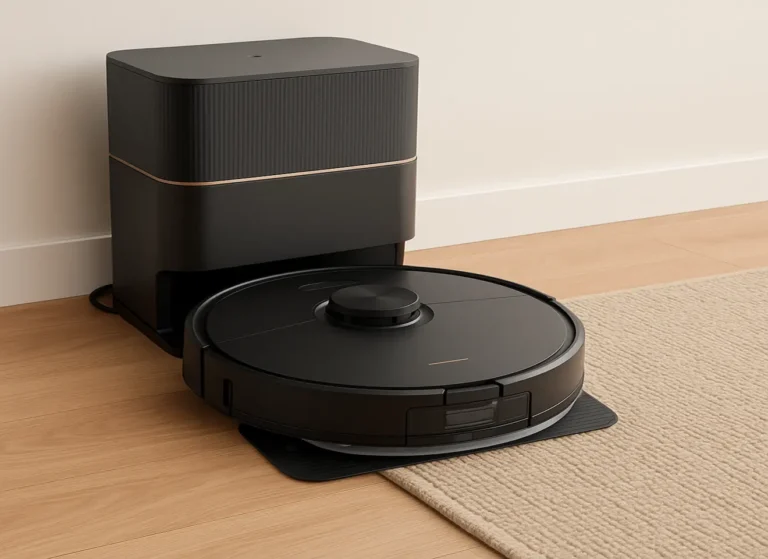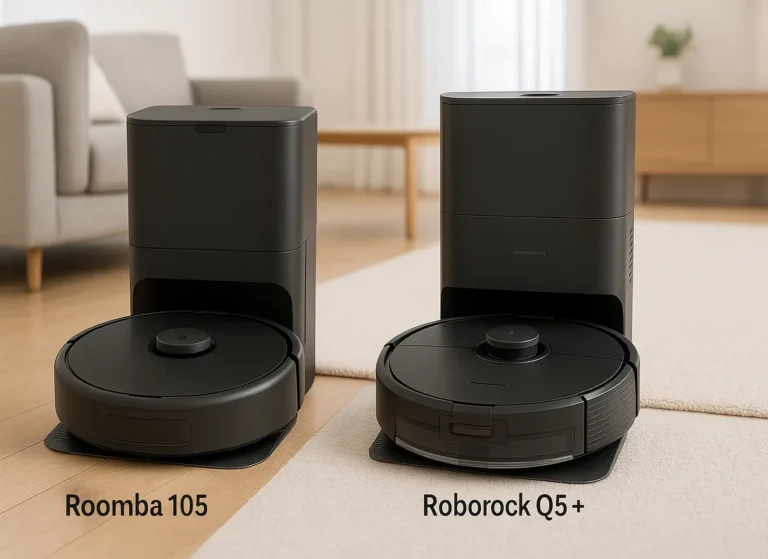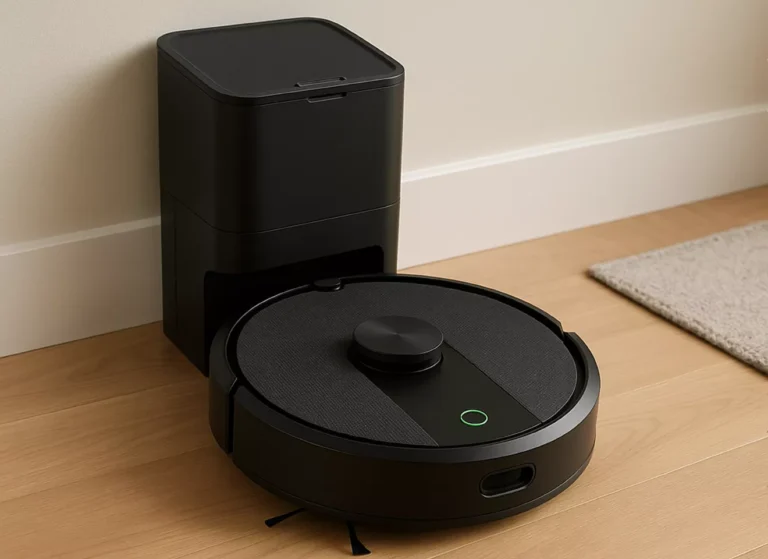Energy-Efficient Smart Homes: Save Money and Energy
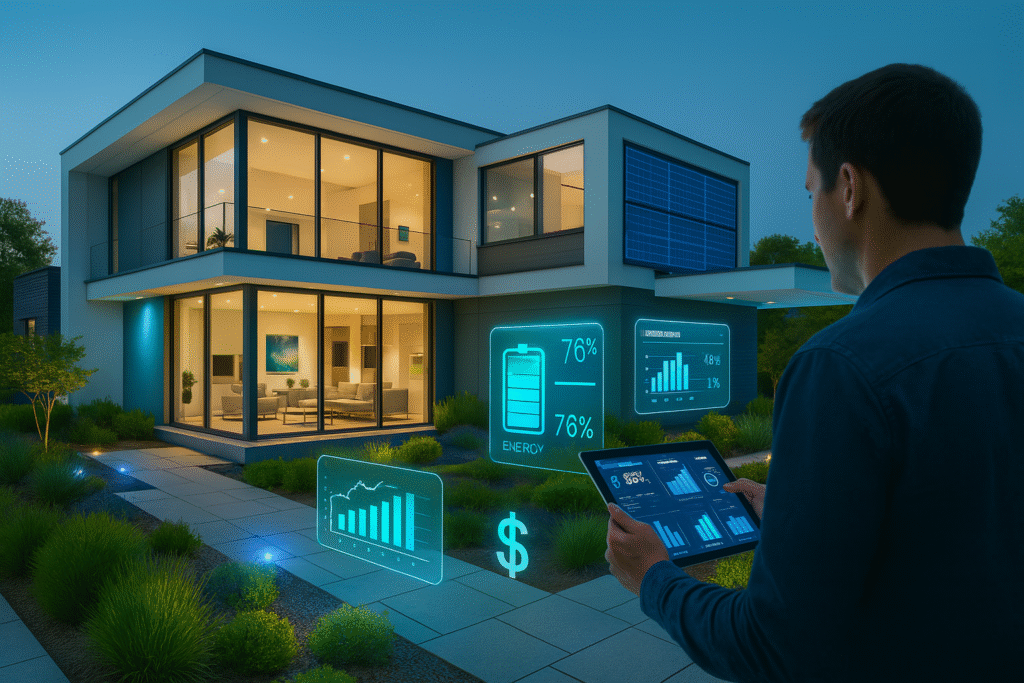
by Alex Rivera
When it comes to creating a home that’s both smart and kind to your wallet, energy-efficient smart homes are where it’s at. Imagine walking into a house that knows exactly how to keep you comfortable without wasting a single watt of energy. From smart thermostats to solar panels, these homes blend cutting-edge tech with sustainable living to save you money while reducing your environmental footprint. If you’ve ever wondered how smart home energy savings really work or how to turn your place into one of those sustainable homes everyone’s talking about, you’re in the right spot.
Introduction to Energy-Efficient Smart Homes
Energy-efficient smart homes go beyond just fancy gadgets; they’re designed to optimize energy use in ways that traditional homes simply can’t compete with. This means using technology to control heating, cooling, lighting, and appliances in ways that minimize waste. For instance, smart thermostats learn your schedule and adjust temperatures automatically, so you’re not heating an empty house or freezing when you’re home. It’s about making your home work smarter, not harder, to reduce energy consumption and save you cash.
Key Technologies for Energy Savings
The heart of energy-efficient smart homes lies in their tech. Take the smart thermostat, for example. Brands like Nest and Ecobee, certified by ENERGY STAR, can cut heating and cooling bills by around 8-12%, translating to roughly $50-$75 saved annually for the average homeowner (energystar.gov). These devices don’t just set and forget; they learn your habits and tweak settings on the fly.
Then there are smart plugs and switches, which might sound basic but pack a punch by cutting off phantom energy drains — think of all those devices on standby that quietly suck power 24/7. By controlling these remotely, you ensure nothing runs unnecessarily.
Solar panels paired with battery storage systems also play a starring role in the energy-efficient home narrative. According to recent studies, homes in sunny states like California and Florida that use solar plus storage reduce grid dependence significantly, cutting costs and carbon footprints, especially when combined with electric vehicles (arxiv.org). The integration of renewable energy sources with smart control systems is a game changer for sustainable homes.
Practical Examples of Home Energy Savings
Picture this: It’s a chilly morning, and as you get out of bed, your smart thermostat has already warmed your home just right. Meanwhile, smart blinds automatically open to let in the morning sun, reducing heating needs. Lights turn on only in rooms you’re using, thanks to motion sensors, and kitchen appliances power down when not in use. These small but smart actions add up, resulting in noticeable savings on your energy bills month after month.
Real-world users report cutting 10-20% off their annual energy bills after upgrading to smart home systems focused on efficiency (bkvenergy.com). These savings not only help your bank account but also contribute to a greener planet.
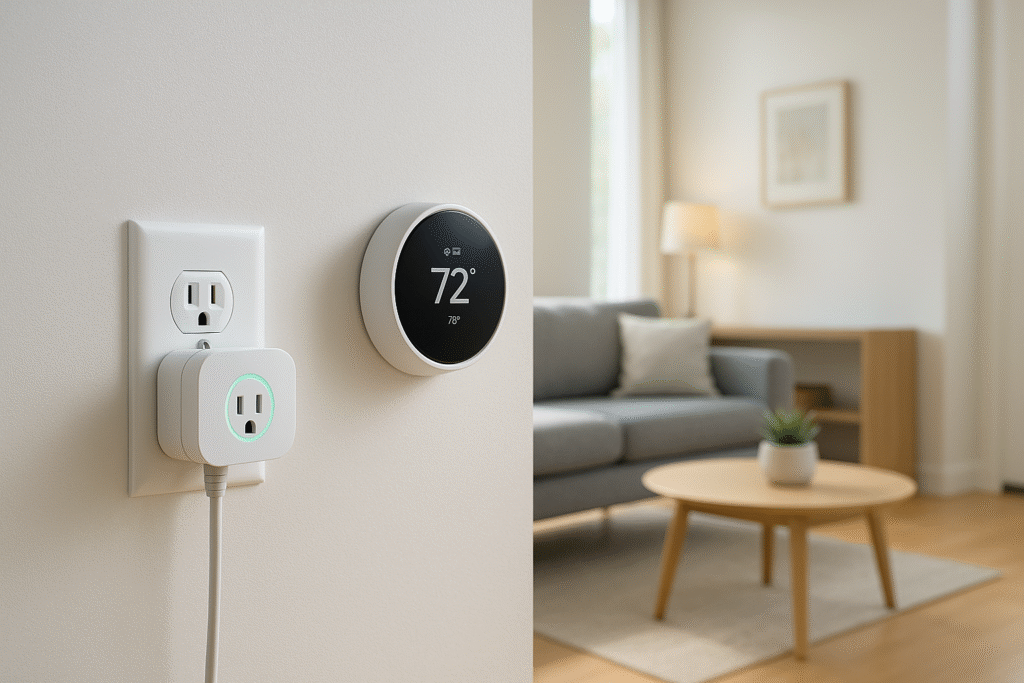
Economic and Environmental Benefits
Investing in energy-efficient smart home tech isn’t just about saving a few bucks — it boosts your property’s value, too. Homes with energy-saving features often sell faster and at higher prices, since buyers love the idea of lower utility costs and a smaller carbon footprint (netzehomes.com).
From an environmental perspective, less energy use means fewer greenhouse gas emissions. With buildings accounting for about 40% of total energy consumption in the US, every smart choice counts. Energy-efficient smart homes help reduce demand on power plants, which often rely on fossil fuels, making a direct impact on climate change mitigation (alcoltd.co.uk).
How to Make Your Home More Sustainable
You don’t need to tear down walls or install complicated systems overnight. Start small by swapping out traditional bulbs for LEDs, which use up to 75% less energy and last 25 times longer. Next, add a smart thermostat — most models are easy to install and offer instant savings.
Consider smart power strips or plugs for devices that tend to draw energy even when off. If you’re ready for a bigger step, look into solar panels, which have become more affordable thanks to government incentives and rebates (bettermoneyhabits.bankofamerica.com).
Combine these upgrades with behavioral changes like turning off lights when not needed and reducing heating or cooling during the night. Together, these steps make your home a true energy-efficient smart home that’s friendly to both your budget and the planet.
Final Thoughts
Energy-efficient smart homes aren’t just a futuristic fantasy—they’re practical, accessible, and increasingly essential. By leveraging smart technologies, you can enjoy a more comfortable living environment, save money, and reduce your environmental impact. The transition to sustainable homes is a win-win for homeowners and the planet, proving that going green doesn’t mean giving up convenience or fun tech.
Want to save even more energy and make your home smarter? Check out our Google Nest Learning Thermostat Review (4th Gen, 2024) to see how this thermostat can boost your savings. For an easy way to cut down on energy waste, don’t miss the TP-Link Kasa Smart Plug Mini Review: Small Device, Big Impact!.
Related posts:
- Smart Thermostat Energy Saving Tips That Actually Help You Save by EasySmartHomeGuide Editorial Team — Updated 1 September, 2025 Smart...
- Amazon Smart Thermostat Review: Saving Energy and Money with Alexa’s Helping Hand Amazon Smart Thermostat Review: Saving Energy and Money with Alexa’s...
- AI-Powered Smart Homes: The Future of Home Automation AI-Powered Smart Homes: The Future of Home Automation by EasySmartHomeGuide...
- Top 5 Smart Home Devices for Energy Efficiency (2025) Top 5 Smart Home Devices for Energy Efficiency by EasySmartHomeGuide...

